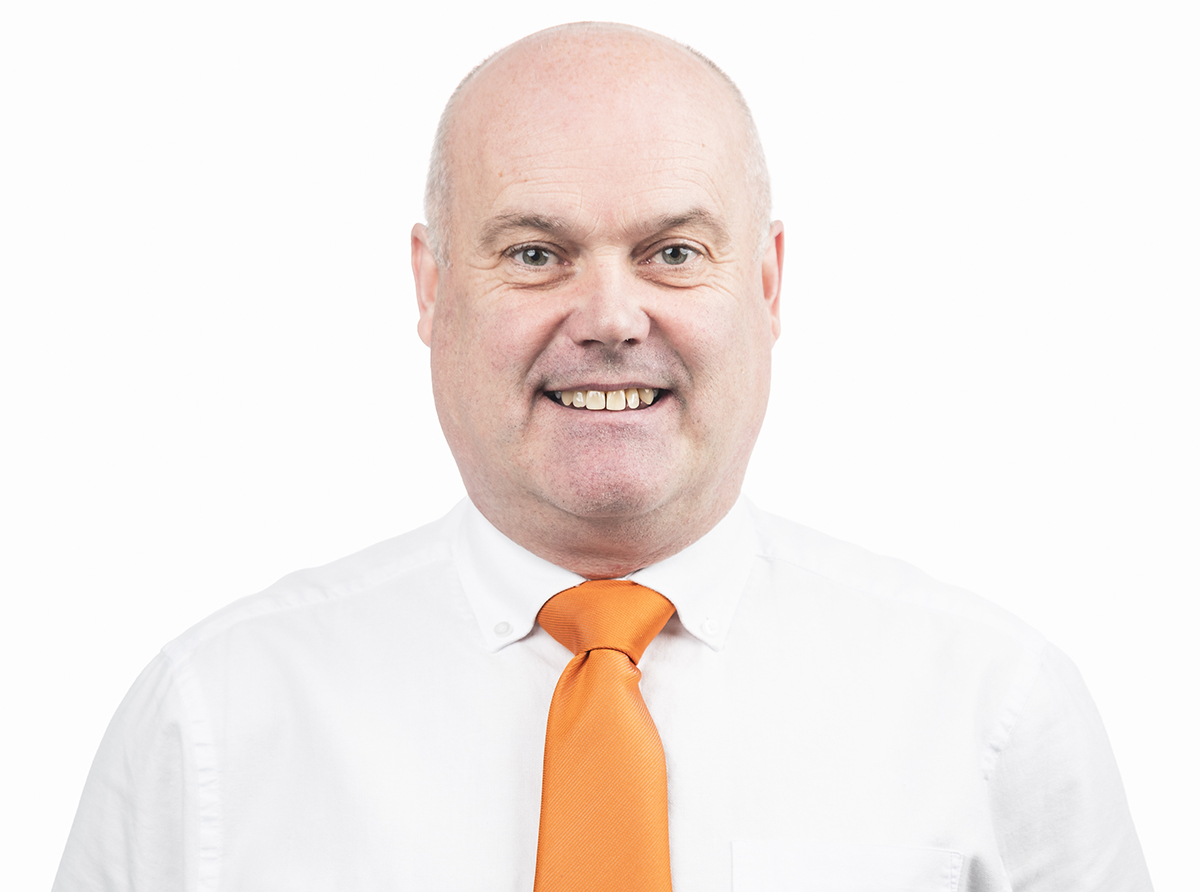
By Greg Johnston, HSEQ director at Stewart Milne Group
CONSTRUCTION is one of the most regulated industries when it comes to health, safety and the environment (HSE) – but it’s so much more than incorporating the required measures and correct PPE, it’s a matter of employee behaviour.
Many people look at HSE as a tick box exercise, but at Stewart Milne Group we believe we’ve found the knack to raising awareness and importance is to educate behavioural changes into our workforce. You have to give your employees a voice.
I’ve spent the last eight years with Stewart Milne Group helping implement its behavioural programme, Choose Safe, to really change the thought process behind health and safety.
Choose Safe required a strategic rollout as well as significant time and financial investment to train employees in cognitive behaviours such as Neuro Linguistic Programming (NLP) and performance coaching. This offers an understanding into behavioural safety and culture change and is fundamental to the success of our programme.
The idea was, and remains, to continuously train new colleagues in these techniques so it ultimately spreads throughout the organisation, reaching all employees in all specialisms, and across construction sites and our offices.
It’s critical that we continue to increase the behaviours of supervisors and managers to support the programme, to encourage the workforce and act as role models, and we’ve continued to do this since Choose Safe was first implemented.
The project stemmed from senior management, who keep HSE at the top of the agenda year on year, so it really is an approach for all. The cognitive behavioural changes and rolling the strategy out from top-down have jointly encouraged employees to speak freely when it comes to concerns, recommendations, and solutions, and this helps them feel in control, something I think is key to the success of the programme.
Under the Choose Safe programme, an ethos, known as Just Culture, helps us evaluate events and learning experiences. Rather than pointing the finger of blame at a specific individual for something that has gone wrong, it is imperative to consider the wider picture and get down to the root cause.
This offers support to the employee and provides motivation to produce a higher quality of work, working safer and more efficiently in the long term, a benefit for both the organisation and the employee.
We don’t focus on saying something is wrong, we look at coaching a change because this is more sustainable. Over the years we’ve learned that since we are honest with our sites and offices that this is respected and in return the workforce is honest with us, meaning we can explore the issue and help them solve it as opposed to making the individual feel at fault. This is where the impact has shown and has created a much more positive culture and environment for our employees.
Since the programme commenced, I’m proud to say we have put more than 1,400 employees and sub-contractors through our launch and introductory course, and more than 200 employees have attended ‘focused leaders’ training to specialise in it further. Having so many individuals interested in being a Choose Safe ambassador and championing the programme, is a testament to its value and how it makes employees feel.
Ultimately, you want your workforce to get to a place where everyone works safely, even when no one is checking in on them. That is when it has become a culture.
Following success with our programme, we also operate as a coaching organisation to improve health and safety throughout the UK and not just within Stewart Milne Group. As a sector we recognise the importance of optimum HSE strategies, and the Choose Safe programme is a valuable tool to share to ensure the industry as a whole operates safely and efficiently.
Our workforce is an advocate for implementing behavioural change and wanting each other to work safely, feel empowered to make change and feel confident to speak up if they have a concern.
For me, the behavioural part of health and safety actions is the final piece of the jigsaw.








